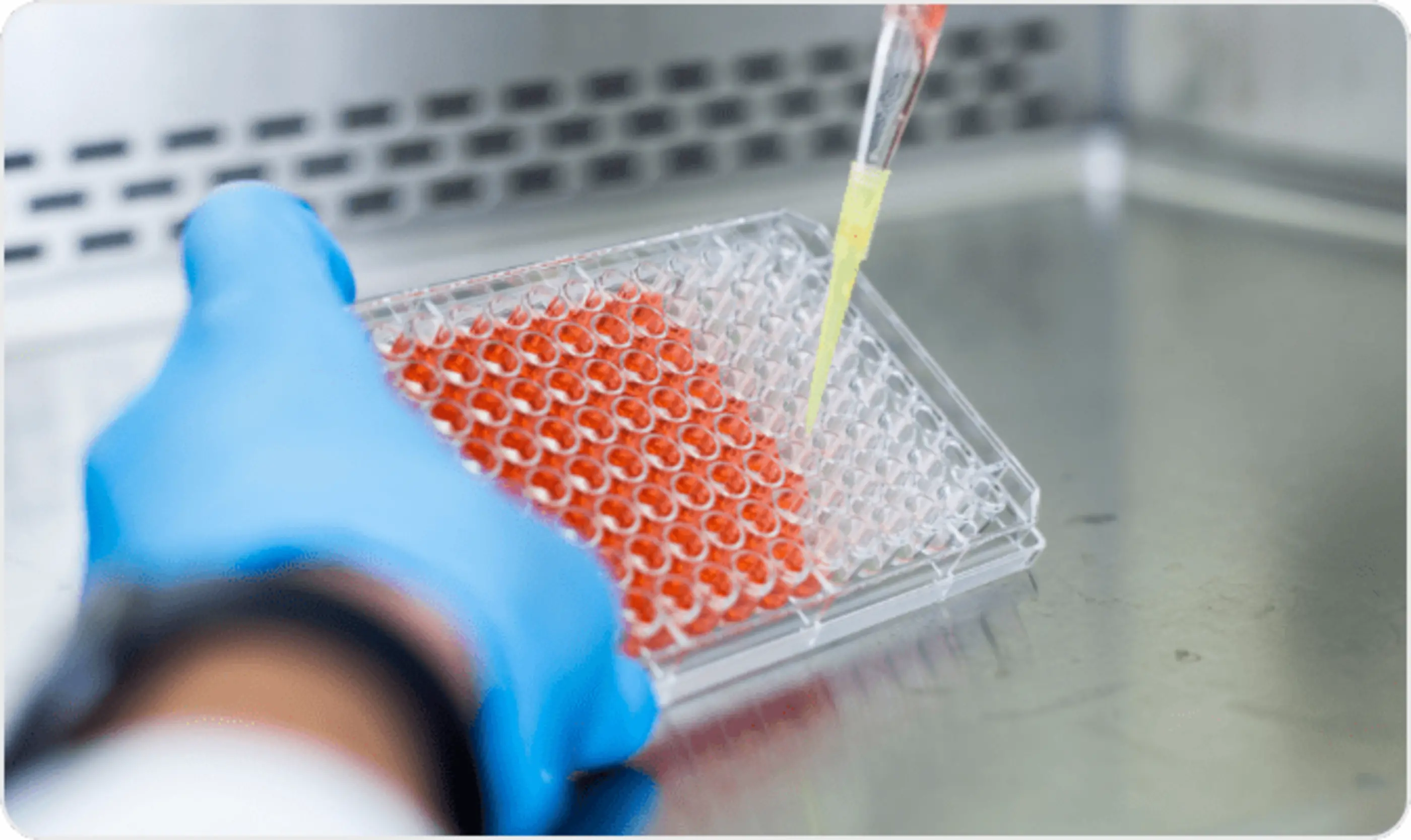Currently, medical device development is evolving toward the development of combination devices that restore deficient body functions to a more normal state by combining conventionally used metals, ceramics, and other materials with biomaterials to utilize the original biological functions of cells. The main reasons for the use of biomaterials in implantable medical devices are as follows:
- Biocompatibility:
Biocompatibility is particularly important because biomaterials are used in vivo. Biomaterials with proper biocompatibility are properly accepted by the body and do not cause an inappropriate tissue reaction. This reduces the risk of the implant being perceived as a foreign body.
- Mechanical properties:
Implants must have the proper mechanical properties to function properly in the body. Biomaterials can be tailored to provide the necessary strength, stiffness, flexibility, and other mechanical properties. This allows the implant to withstand loading situations.
- In vivo interactions:
Biomaterials can interact with the surrounding biological tissue. For example, biomaterials that promote bonding with bone may be used to aid in bone growth. Furthermore, biomaterials that promote bonding with blood vessels can help improve blood supply.

















